Microsoft scores points over storage specs on the new Surface Pro 3 tablet
This article may contain personal views and opinion from the author.
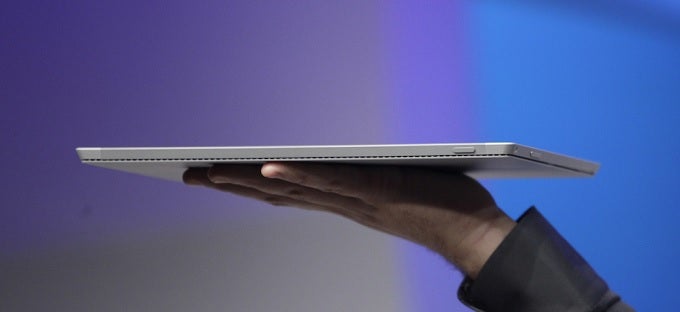
Remember when the Samsung Galaxy S4 came out? Everyone, including us, marveled at the depth of functionality, and detail that Samsung had built into the device. The S4 was a huge departure from its predecessor, and it was a game changer in the flagship smartphone space.
Then, many of us were scratching our heads at the amount of space all that Samsung S-App and TouchWiz goodness took up in a 16GB device, pretty much half of the usable space, making the acquisition of a microSD card mandatory. Of course, Samsung's semi-tactful answer to the news didn't win many hearts either.
Massive storage mark-ups
For example, we all know that $100 mark-ups for storage increases is the rip-off of the ages. 16GB and 32GB of flash memory has nowhere near a hard cost of $100, or even $50, yet a 16GB versus 32GB device will have a retail mark-up of just that. Considering that 16GB flash memory devices can be found at retail for under $5, the storage being built on a mass scale in smartphones is still a fraction of that. That is a lot of extra change for the net profit margin. So, yes, please say that half of a 16GB device is eaten up by the OS and programs and nod gently toward a 32GB or 64GB alternative, some people will go for it, others on a budget will not. Makes sense right?
Thing is, manufacturers do not need to be exact with these figures anyway, just give us a general heads-up. Each carrier is going to want their bits and pieces of bloatware installed, so we know there are going to be differences. For Android devices, it is more important than ever because the OS is becoming less and less friendly to secondary storage options like microSD cards.
Microsoft gives it up
While we ponder such issues with our smartphones, Microsoft earns a gold star for offering up guidance about how much storage you will have available when you decide which Surface Pro 3 to buy. As you know, Microsoft’s new tablet will be available in a variety of configurations with four storage capacity choices, 64GB, 128GB, 256GB, and 512GB.
Given the Surface Pro 3 is running the full Windows 8.1 Pro operating system, a significant amount of storage space is used to house all that code to enable the experience Microsoft has in mind. The good news is that while you browse the specifications for your new tablet, you are not given the stale old “formatted capacity is less” line.

It is a small thing, but this little attention to detail is something that all manufacturers should explore for their products
I know we are talking about a tablet that aims to replace the laptop in our lives, so the storage considerations are completely different than what we might consider in an Apple iPad, Samsung tablet, or obviously a smartphone. However, the fact that Microsoft is providing information in such a manner is a distinction from the rest of the pack, and I hope it will bring this idea to its recently acquired line of smartphones.
Information is power, information is money too
The point is that as our demands on smartphones and tablets continue to grow, particularly in developing markets, demands on storage will grow as well, both in terms of what we do with them, and with the software required to make everything work. Cloud storage, in the near term, will only take things so far with metered data plans and in some cases, congested networks, so it is not the “final solution,” yet.
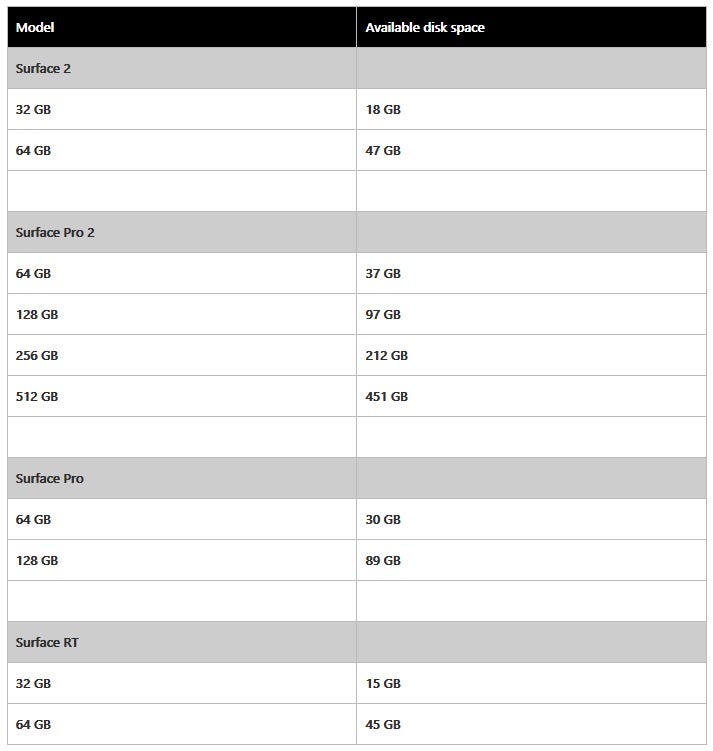
You have to click one level deeper, but Microsoft gives the low-down of storage for all its tablets, from the Surface RT and up the line
So, Apple, LG, HTC, Samsung, Sony, et al, take a page from this book. It is good information, it shows attention to detail, and it is a far better message for your customers than “formatted capacity is less.”



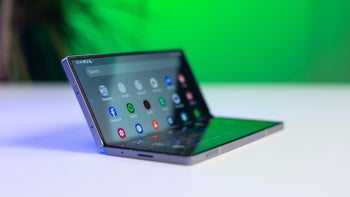
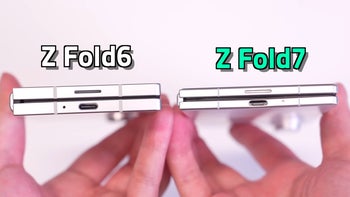



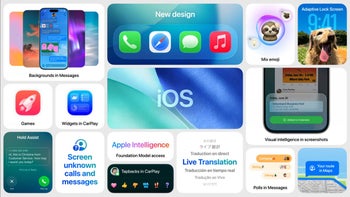


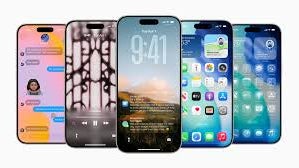
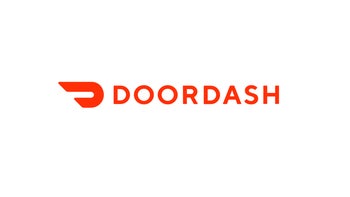

Things that are NOT allowed:
To help keep our community safe and free from spam, we apply temporary limits to newly created accounts: